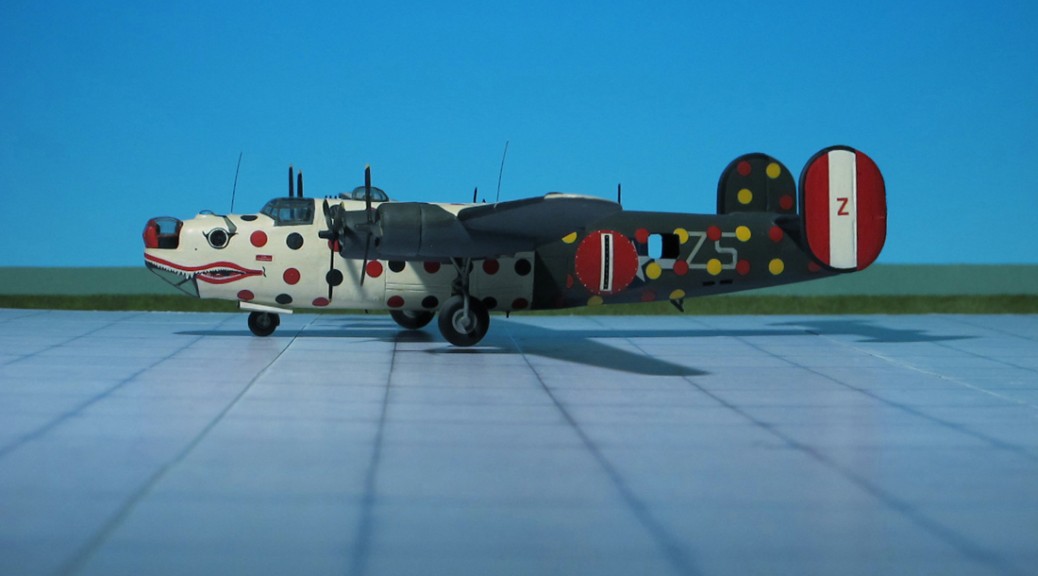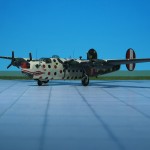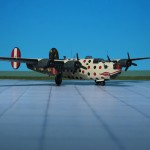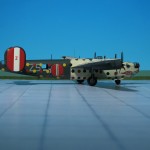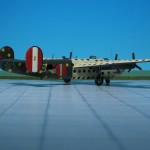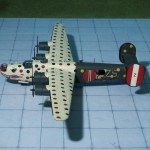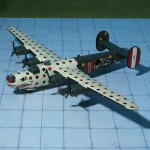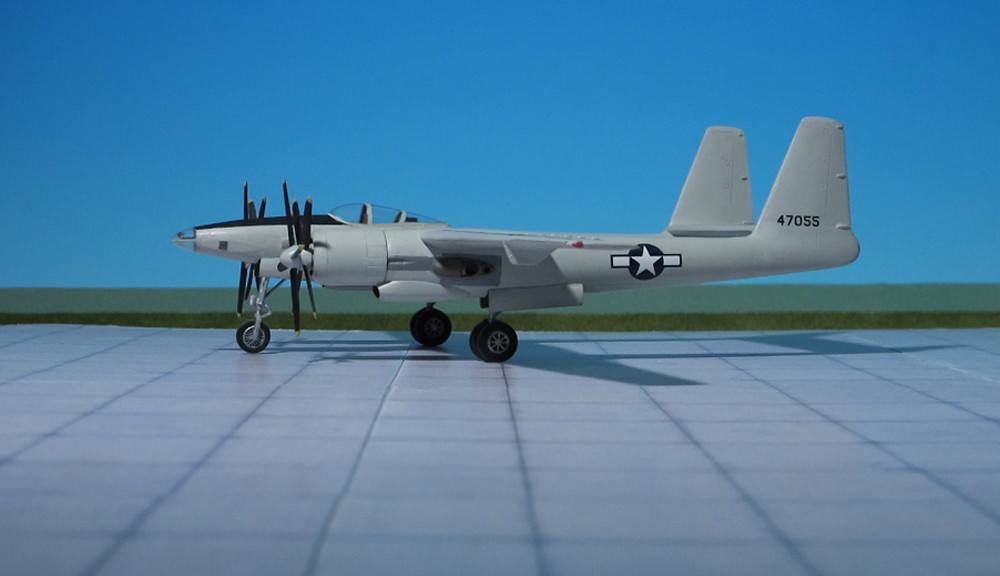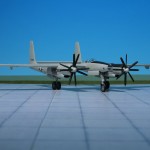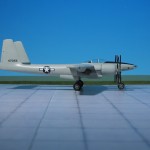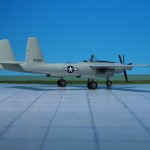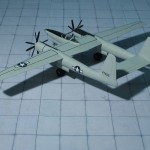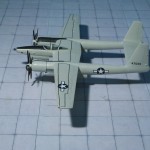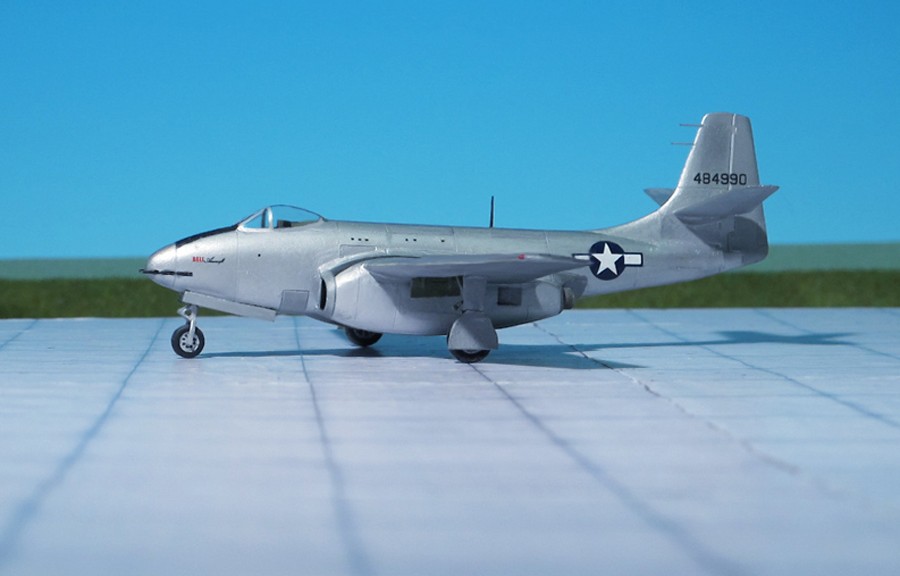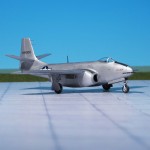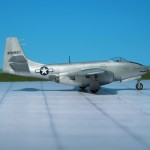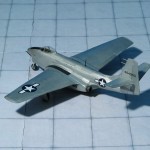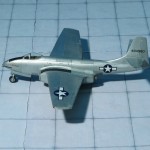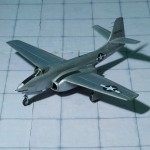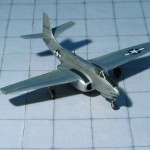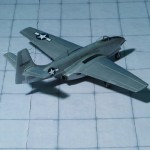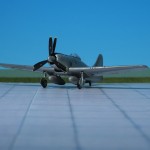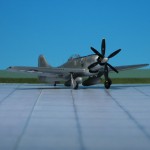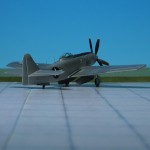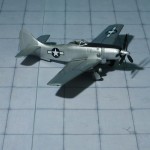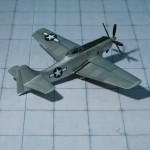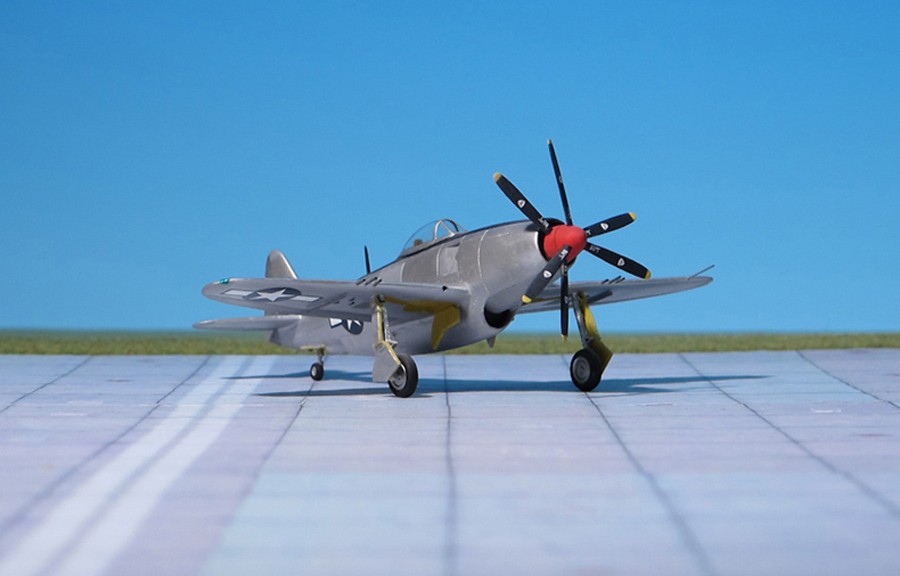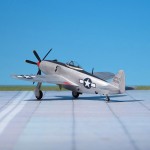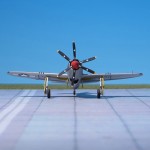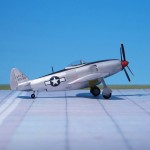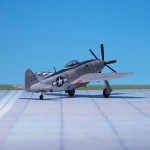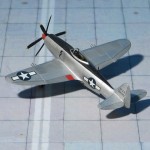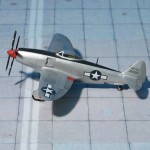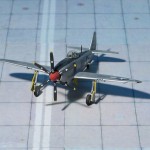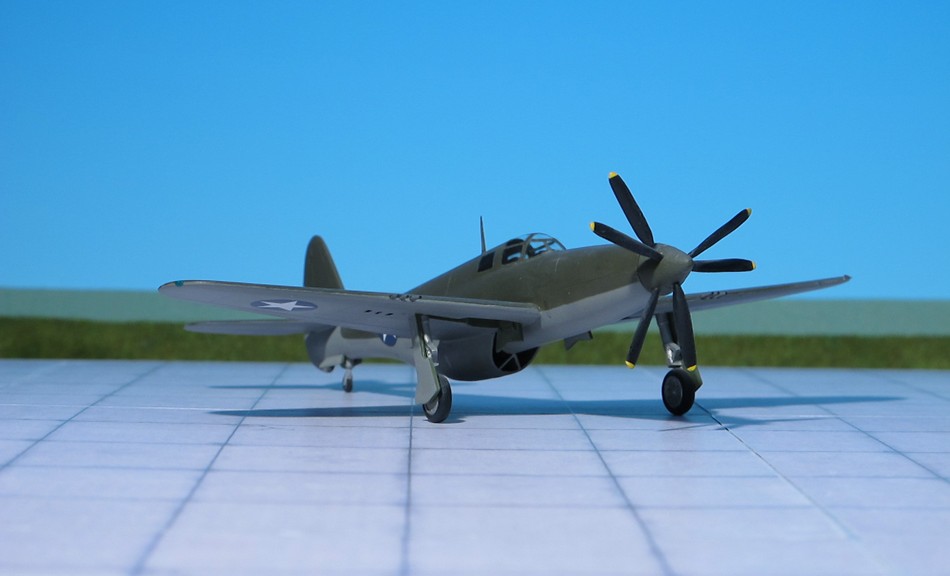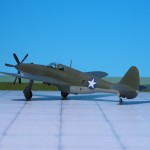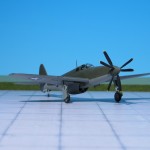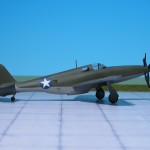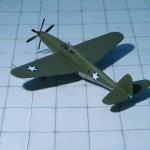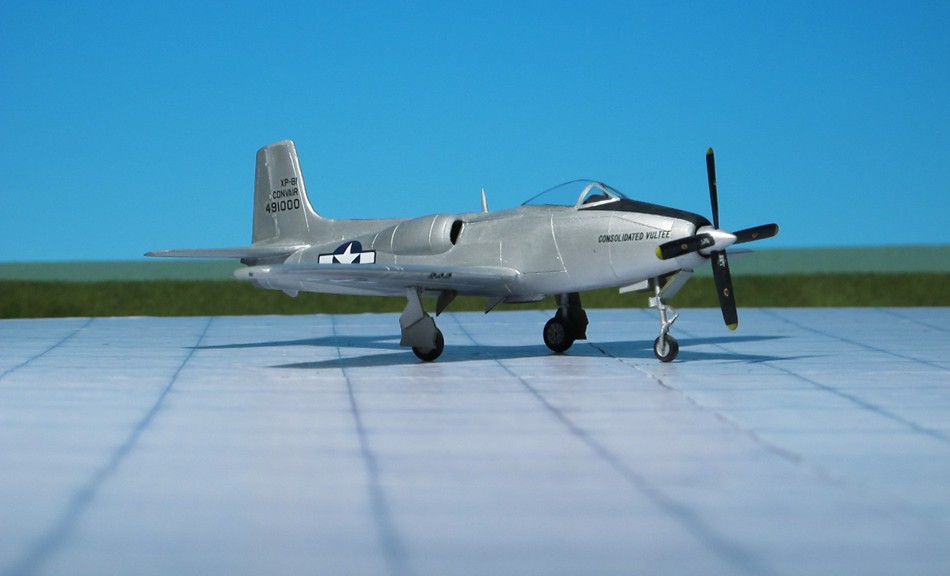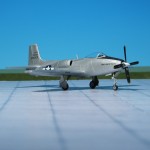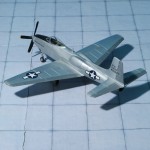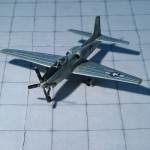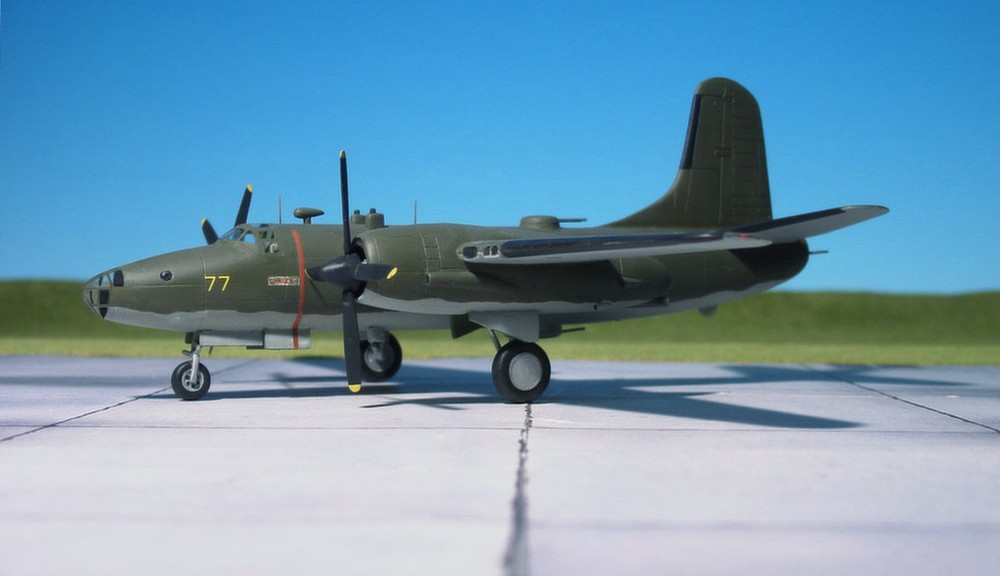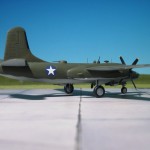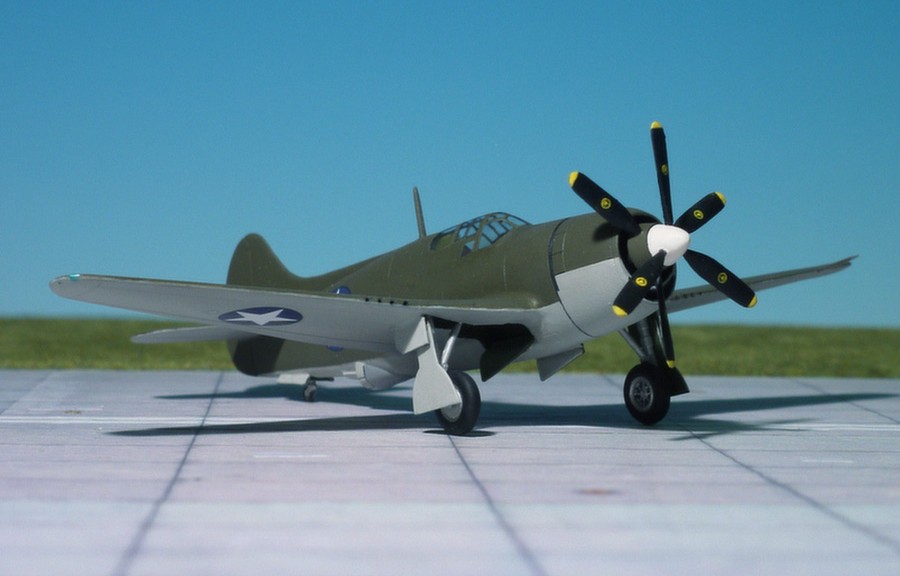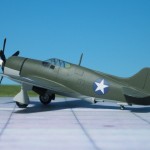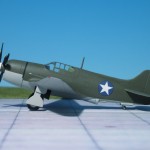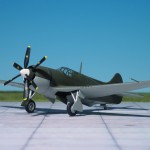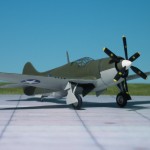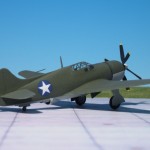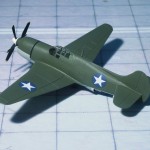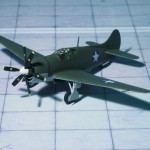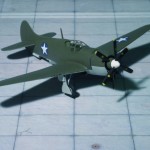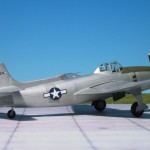TYPE: Heavy long-range bomber, in service as Assembly ship
ACCOMMODATION: Crew of four
POWER PLANT: 4 × Pratt & Whitney R-1830 Twin Wasp, rated at 1,200 hp each
PERFORMANCE: 290 mph at 18.482 ft
COMMENT: The Consolidated B-24 “Liberator” was a four-engine, heavy long-range bomber designed by the Consolidated Aircraft Company in the late 1930s. For that time it was a modern design compared with its main competitor, the better-known Boeing B-17 “Flying Fortress”. The first flight took place on December, 29th, 1939. The “Liberator” had a higher top speed, greater range, and a heavier bomb load than its rival. On the other hand the “Liberator” was more difficult to fly, with heavy control forces and poor formation-flying characteristics. Nevertheless, the B-24 provided excellent service in a variety of roles thanks to its large bomb load and long range and was used in the European as well as the Pacific campaign. When the production ended in 1945 more than 18.480 aircraft have been built, more than of all other bombers during WWII. (Ref.: 4)
The Consolidated B-24H Liberator shown here is an assembly (formation-) ship “The Spotted Ass Ape” of the 458th Bombardment Group (H), 8th USAAF, stationed at Horsham St Faith, England. (Ref.: 2)
NOTE: This aircraft is hand-painted direct onto the models surface, except the black dots. For these Polka (donut) dots I used Bishop precut tape shapes, solid donut pads, Bishop Graphics. Inc., Westlake Village, Ca 91359 U.S.A. These are self-adhesive, extreme thin, in black, and easy to apply. More work is required to red and yellow Polka dots. Here I used the solid donut pads from the same company, but in red. Unfortunately, these are transparent. So they need to be painted dot by dot before being applied.
